In the precision world of smart oral care, user expectations hinge on two fundamentals: stable performance and convenience. But what happens when frequent mode malfunctions unexpectedly increase refill frequency, turning routine oral care into a frustrating experience? Recent customer data and manufacturer-side diagnostics suggest these two issues may not be isolated events. In this article, we explore how mode control failures can trigger inefficient water/fluid consumption and what OEMs can do to prevent this from impacting user satisfaction and brand perception.
In water flossers, electric toothbrushes with irrigation, or multi-mode oral hygiene devices, mode malfunction typically refers to:
These malfunctions often stem from:
Though seemingly minor, such issues can deeply affect device efficiency—particularly in fluid-dispensing products.
When a device’s spray or pulse mode is unstable, the water or solution it uses may be consumed unevenly. For example:
All of these factors directly increase the refill frequency, often leaving users confused or annoyed by the need to replenish fluid mid-routine—even in high-capacity models. Company web:https://www.powsmart.com/product/electric-toothbrush/
Across multiple brands and regions, recurring patterns include:
These feedback loops, if left unresolved, escalate into customer frustration and warranty returns. Worse yet, they erode trust in the “smart” function of otherwise well-built products.
From a manufacturing perspective, mode malfunction is rarely a single-component issue. Key design weak points include:
Preventing these failures requires cross-disciplinary solutions:
To ensure robust operation and fluid efficiency, we recommend:
With proper QA gating, manufacturers can confidently market “stable mode logic” and “smart water efficiency”—two metrics buyers are increasingly prioritizing.
The good news: when solved properly, mode stability becomes a marketable strength. Manufacturers can:
By preemptively solving the mode malfunction/refill frequency issue, brands can not only reduce returns but also position themselves as true innovators in smart oral care.
While mode malfunction and increased refill frequency may seem like small nuisances on their own, together they represent a critical failure in product trust and daily user experience. For B2B manufacturers, addressing this pain point early in the design and QA phase is essential—not only to meet client expectations but to stay ahead in an increasingly competitive, convenience-driven market. Contact us
.jpg)
.jpg)
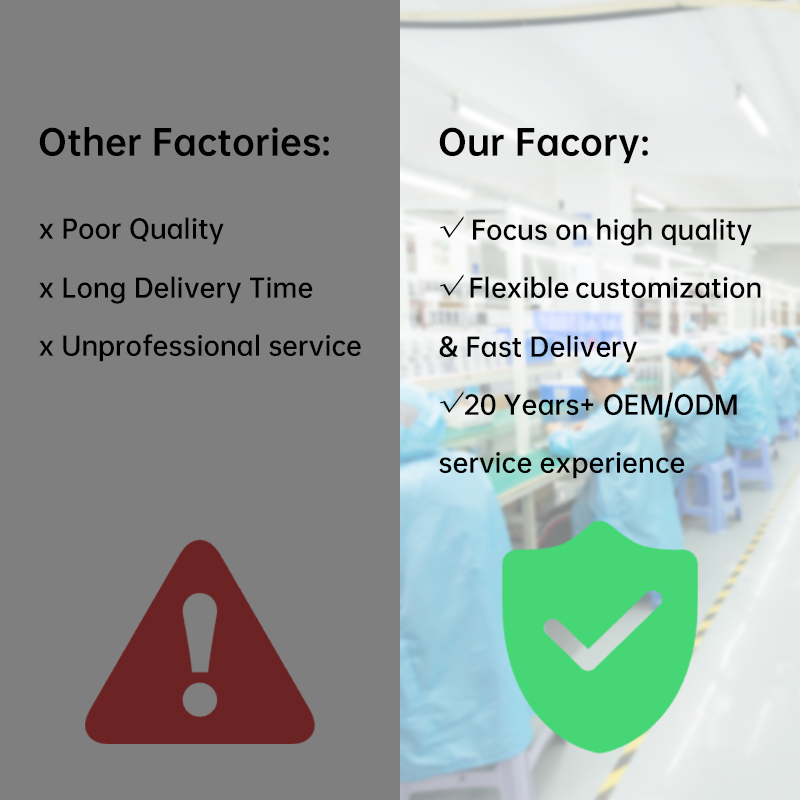
What Impact Will the Differences in Materials and Workmanship of Electric Toothbrushes Have on Product Performance?
-3-scaled.png)
Portable Teeth Whitening Device: How to Make It the Size of travel friendly but Maintain 100% Effectiveness?
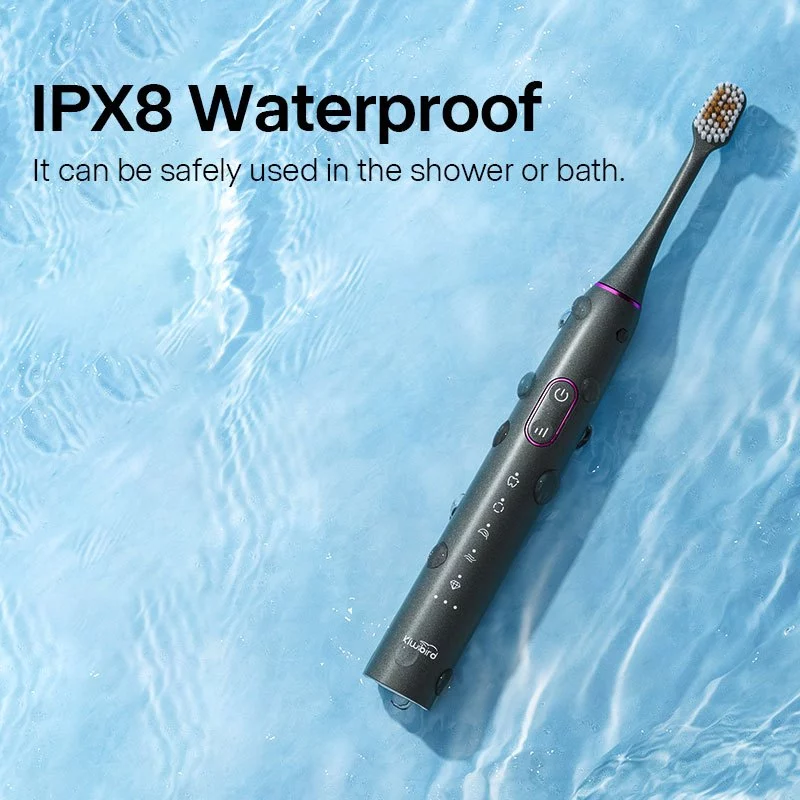
Miami dental toothbrush suitable as Florida senior toothbrush?
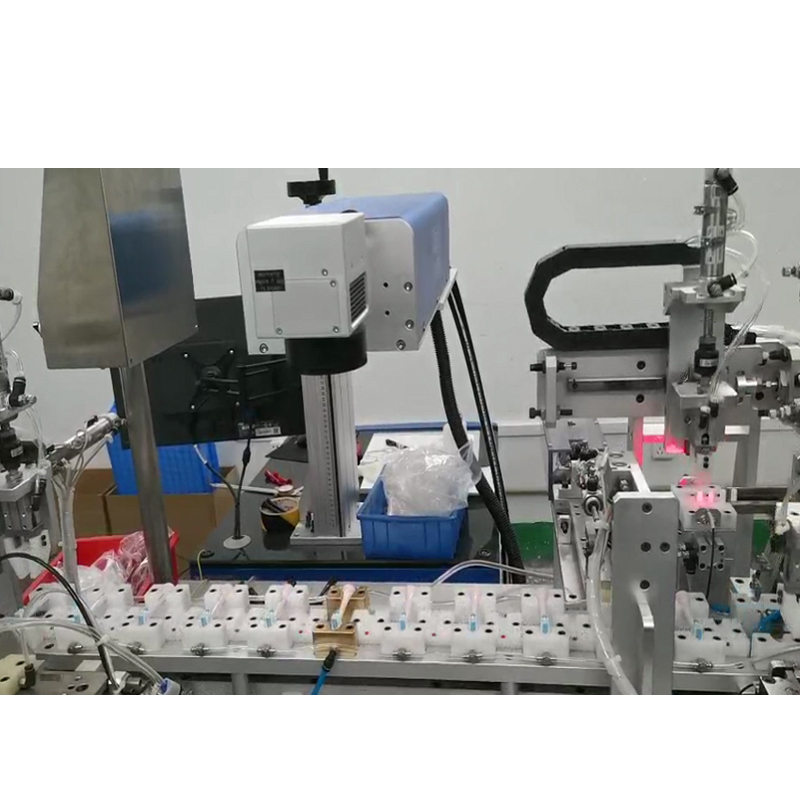
Electric Toothbrush Production Process Diagram: Complete Process from Injection Molding to Assembly and Key Points of Quality Inspection

How Can Oral Care Enterprises Rise Rapidly by Leveraging Factory Resources?
Best Electric Toothbrush for Family Diwali Gift | Powsmart
How to Optimize Jet Instability and User Discomfort?
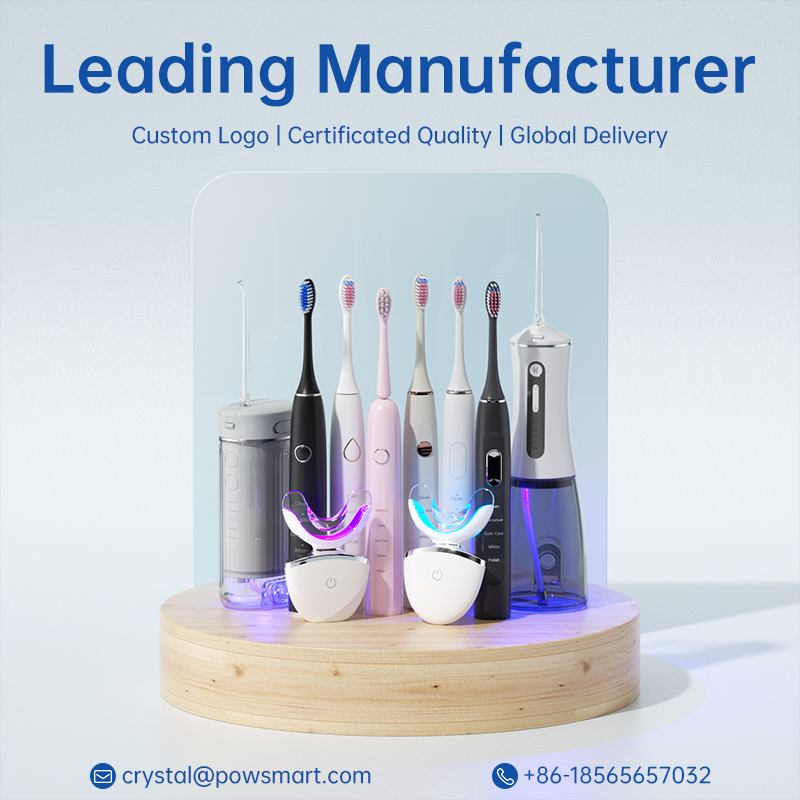
AI Powered Toothbrush: Next-Generation OEM Technology
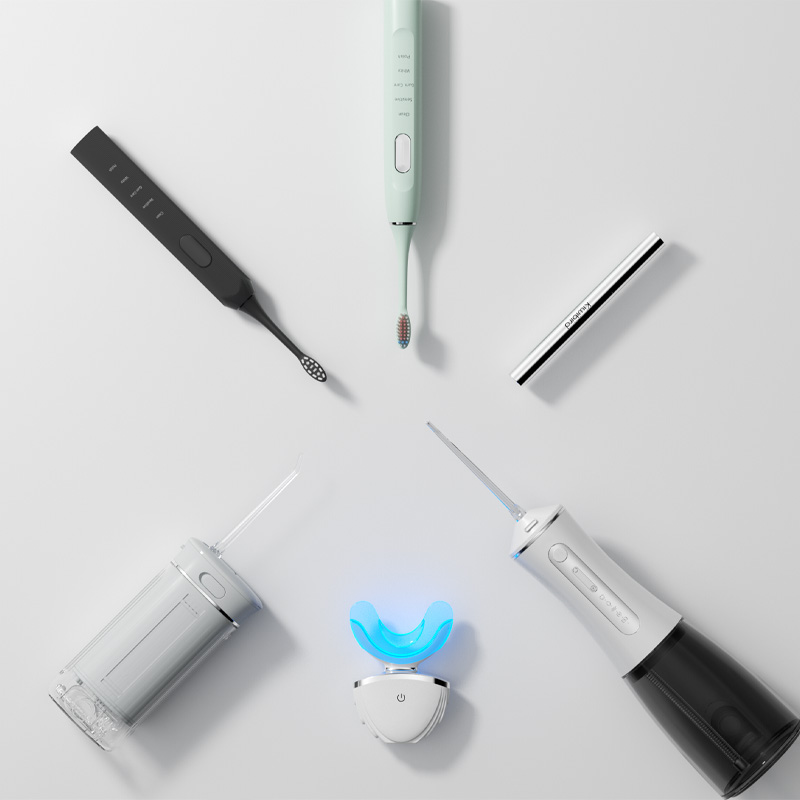
Where to Find Orlando Deals Toothbrush for Orlando Travel Toothbrush?
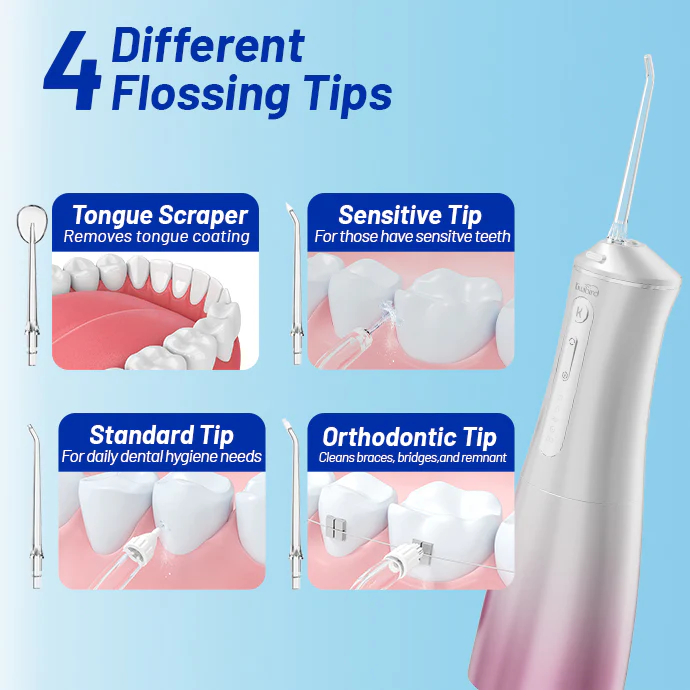
How Does Bulk Toothbrush Heads Wholesale Benefit from Innovative Electric Toothbrush Mold Design?
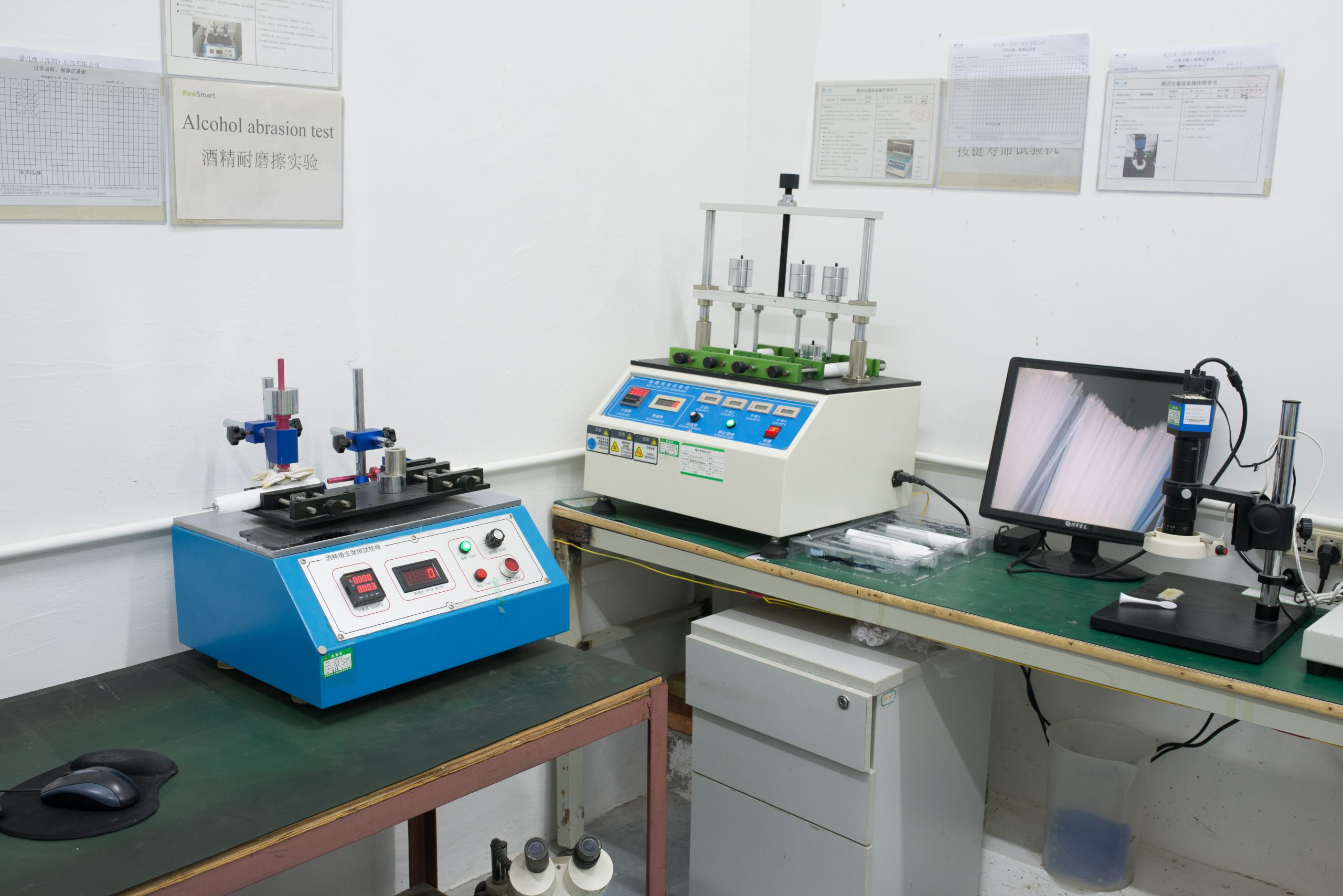
Enter the Oral Irrigator Factory: Discover the Production Process and Technology Behind Water Flossers
.jpg)
Where to read a Bangalore gadget review for an App-connected toothbrush?
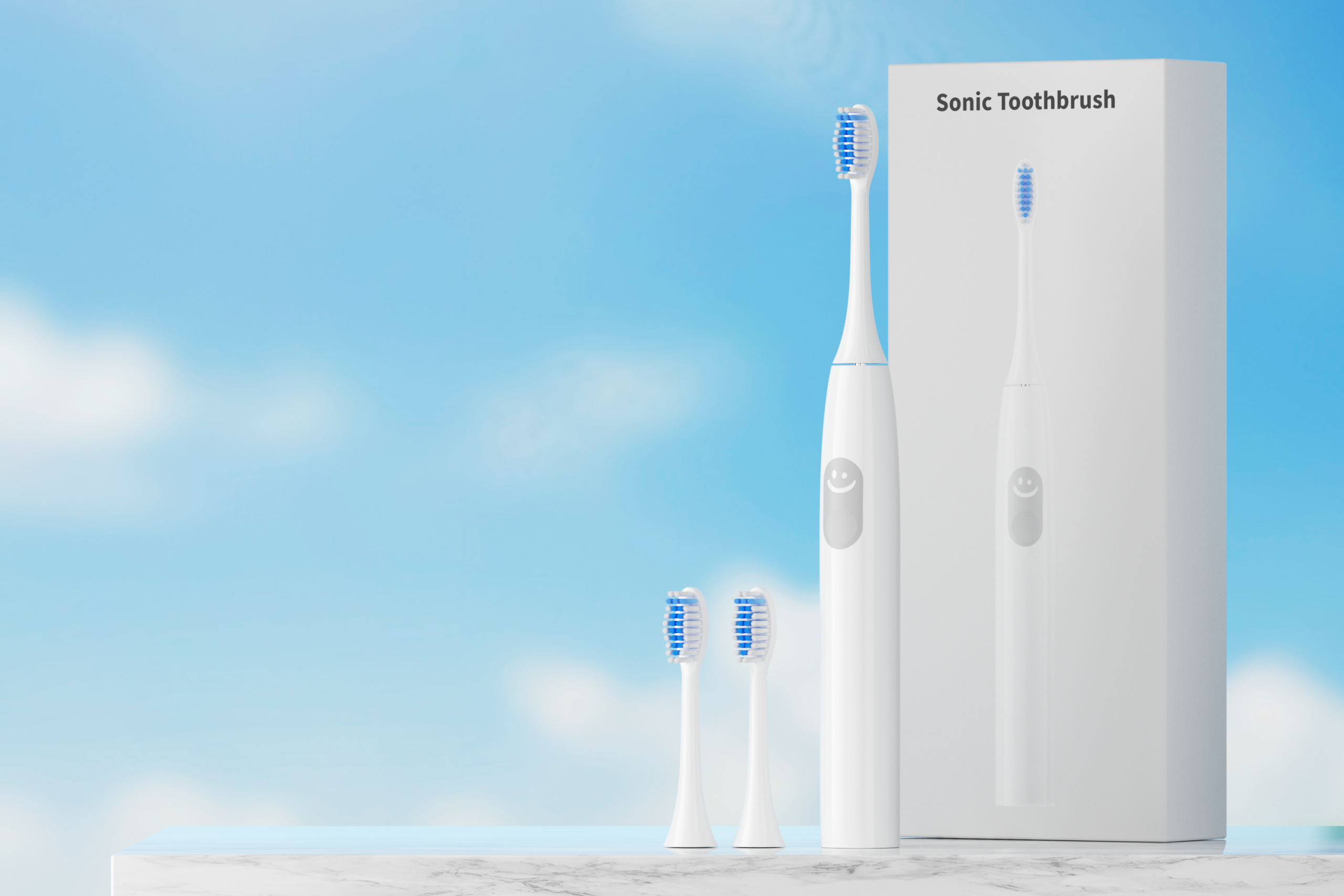
Affordable sonic toothbrushes Manufacturing – High Quality, Flexible MOQ
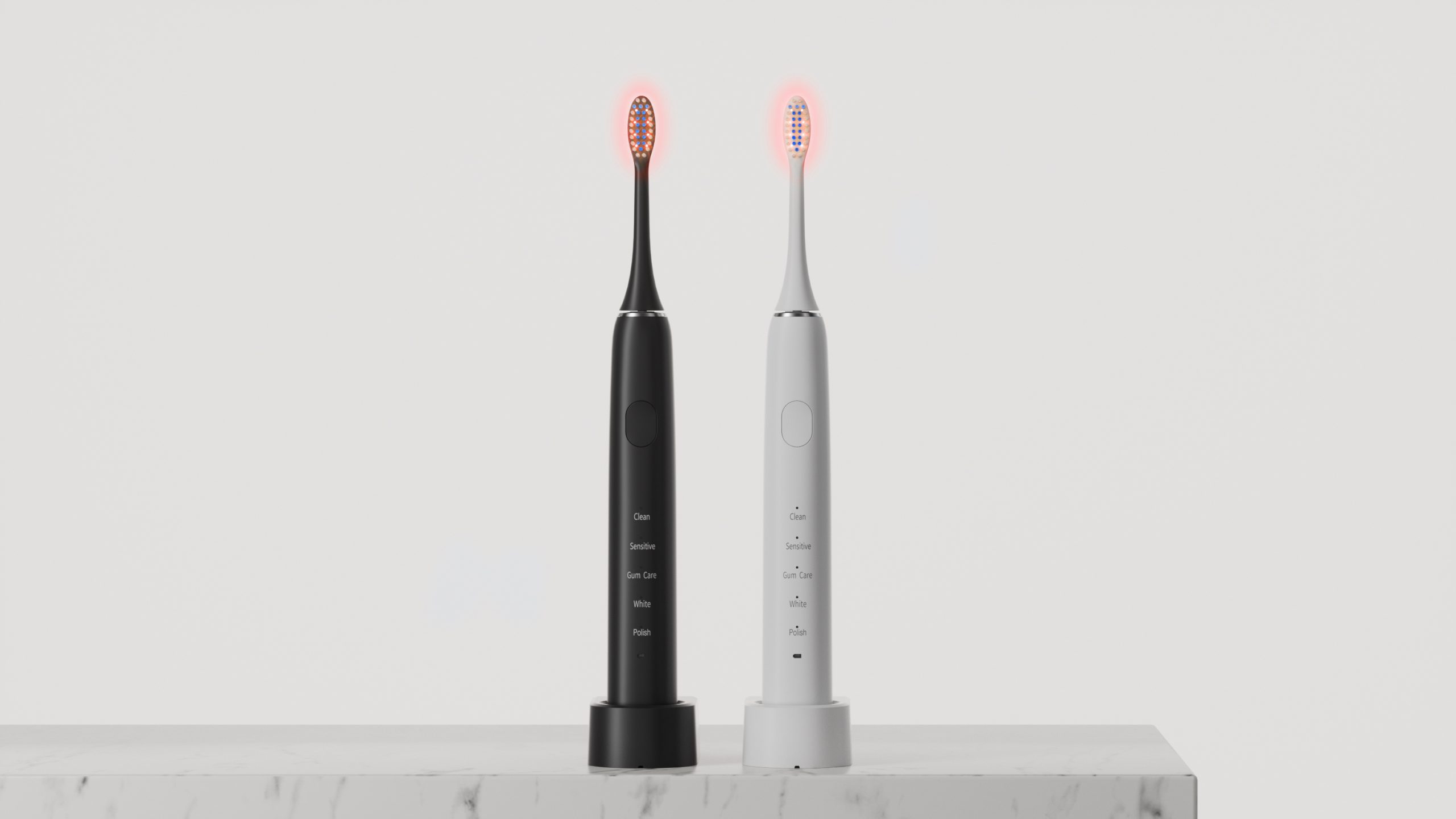
What Electric Toothbrush Do Periodontists Recommend? Insights for OEMs
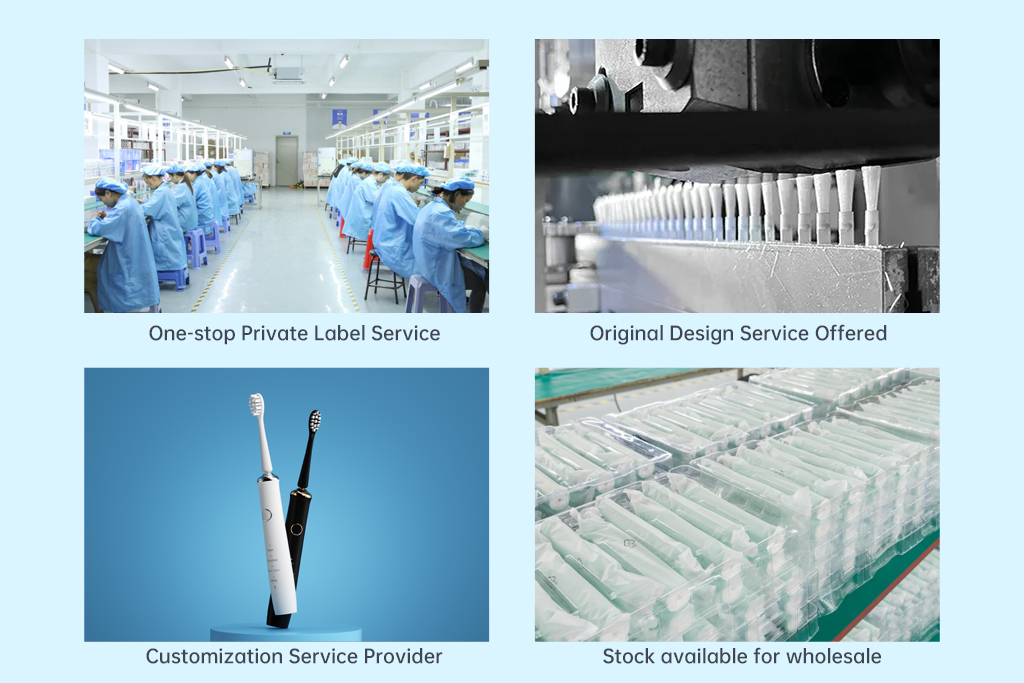
FAQ for New Water Flosser Brands: Avoiding Costly OEM Mistakes
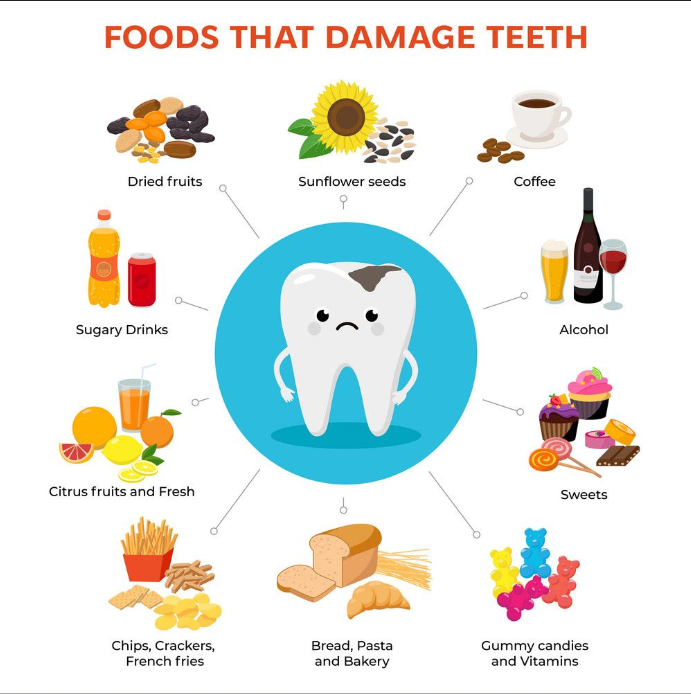
A Healthier Lifestyle for Protecting Your Teeth

electric toothbrush heads Ultra Soft

Private Label Whitening Gel

electric toothbrush heads Deep Clean

Customization Teeth Whitening Gel

electric toothbrush heads Regular Clean

electric toothbrush heads Charcoal Infuse-Round

Electric toothbrush heads Charcoal Infused-Diamond
.jpg)
Florida Electric Toothbrush – Powsmart PTR-C8
whstapp
whstapp
National Toll-Free Service Hotline
+86 755 86238638